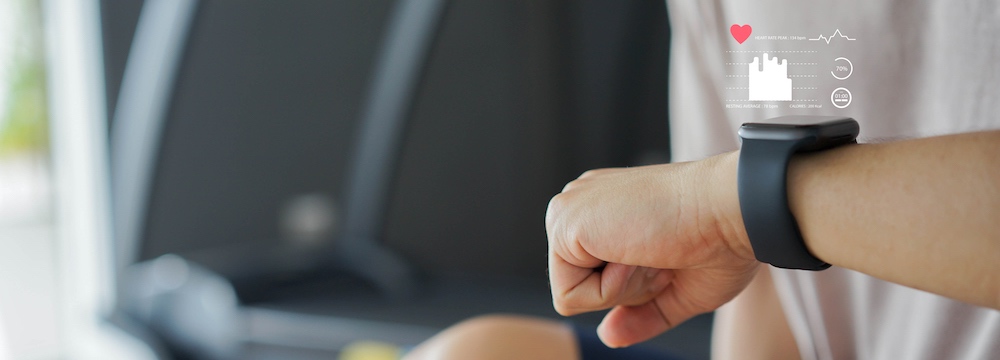AFib
If you’ve stayed on top of the latest technology, you may know that new generation Apple watches now include a wearable and portable EKG. However, unlike the portable EKGs that we as electrophysiologists use, known as a Holter monitor, this is discrete and amazingly compact. Further, unlike a Holter monitor, the Apple Watch and other wearable technologies can monitor you for days, weeks or months – for as long as you wear the device.
Does This Mean That Wearable Technology Will Revolutionize the Diagnosis of Atrial Fibrillation?
The answer, quite frankly, is nuanced because there are some positives and distinct negatives to a self-diagnosis tool like an Apple Watch.
First, we all have different heart rhythms. Oftentimes, what the device may consider to be an arrhythmia may actually be a natural variation in your heartbeat. It is questionable as to whether these wearable devices can make that distinction. As such, you may get false positives associated with the wearable, causing unnecessary concern.
Second, you do not have a cardiac electrophysiologist monitoring or analyzing the data that the watch is collecting. This is in stark contrast to traditional arrhythmia diagnostic tools which send their data back to our office for a proper analysis.
And third, the sensitivity of these devices is also questionable and we don’t know whether they will accurately pick up a paroxysmal arrhythmia like one of our more precise monitors.
On the Flipside
Atrial fibrillation is often ignored until it becomes a significant lifestyle impediment. Most patients simply don’t know what to look out for and what an irregular heartbeat truly feels like. As such, we often see patients diagnosed far later than they should be (and often in the ER). Having an EKG on your wrist, with a specific alert about potential atrial fibrillation, can be a great way to initiate a conversation with your electrophysiologist.
Further, not all cases arrhythmias are obvious, and some patients may have an arrhythmia without even knowing. In these cases, a wearable device may offer insight into potential concerns. It is important to remember that even silent arrhythmias – those that do not cause symptoms – can lead to longer-term cardiovascular troubles including the weakening of the heart and congestive heart failure.
So, What’s the Answer?
If you are purchasing a smart watch with a built-in EKG because you have felt:
- odd sensations in your chest
- palpitations or a sensation of your heart beating out of your chest
- significant and frequent fatigue, dizziness or even fainting,
- and other cardiovascular anomalies
You are more than welcome to continue with your purchase but do so along with visiting a cardiac electrophysiologist.
If you believe you are having an emergency, dial 911 or go to the emergency room immediately. However, if you are looking to use your watch is an early detection system, just bear in mind that it likely has significant limitations, and you should keep up with your routine primary care visits, which almost always include an EKG.
That said, if you are currently experiencing an arrhythmia and lifestyle change or medication has not offered the relief you expect, we encourage you to contact Dr. Tordini to learn more about the curative options that we offer here at our three offices across Tampa. We look forward to your visit and being able to assist.
Dr. Tordini is a part of Florida Medical Clinic Orlando Health









